Le Gordon Wells
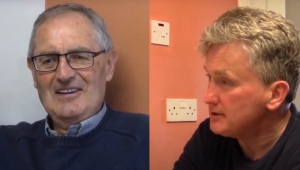 We continue our exploration of the North Uist cluster in Stòras Beò nan Gàidheal with Donald MacDonald – “Dòmhnall Caol” – from Baleshare. As we’ll hear, Donald was a well-travelled man in Europe and the Middle East before settling back home to full-time crofting. Talking to Archie Campbell in measured tones, Donald takes his time to give a detailed account of his adventures.
We continue our exploration of the North Uist cluster in Stòras Beò nan Gàidheal with Donald MacDonald – “Dòmhnall Caol” – from Baleshare. As we’ll hear, Donald was a well-travelled man in Europe and the Middle East before settling back home to full-time crofting. Talking to Archie Campbell in measured tones, Donald takes his time to give a detailed account of his adventures.
Here, in the first part, Donald recalls his schooling and first job. Going to primary school in Baleshare he found he made faster progress with a Gaelic-speaking teacher. Illness interrupted his education at Bayhead, before he spent 5 years in Inverness, where he encountered some hostility as a “teuchter”, and experienced a distancing from his family. A happier memory was of salmon poaching in Lewis on his way home, where he started work in a bank before being transferred to Glasgow.
A wordlinked transcript is available here: http://multidict.net/cs/8249
In the second part, Donald recalls giving up his job in Glasgow, and then poignantly describes how his father saw him off at the quay in Lochmaddy as he set off on his travels round Europe. He recounts various adventures with various travelling companions, before arriving in Turkey. Troubles at the time between Turkey and Greece over Cyprus caused difficulties with the post.
A wordlinked transcript is available here: http://multidict.net/cs/8250
In the third and final part, Donald describes his adventures crossing to the West Bank from Syria to spend time in a kibbutz. He was then called home in light of his father’s serious illness, which meant that Donald had to take over responsibility for the croftwork. Working several crofts together he made a living for a while selling cattle and beef, with partners in Elgin and customers in Ardnamurchan. While his father was alive they would also host Gaelic learners. Following a mini-stroke he no longer keeps cattle, but a neighbour continues to use his land.
A wordlinked is available here: http://multidict.net/cs/8251
Tadhail air Island Voices – Guthan nan Eilean
Powered by WPeMatico

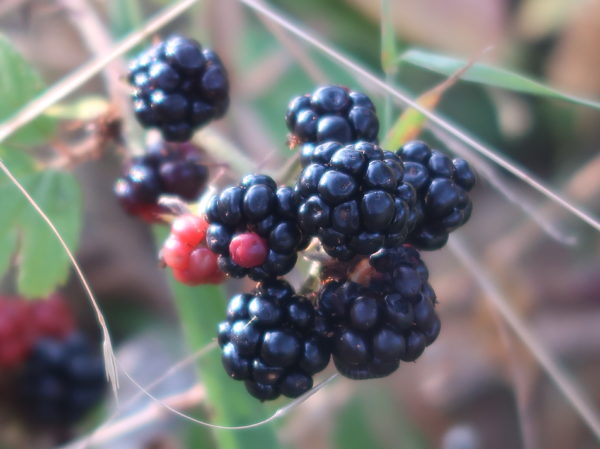
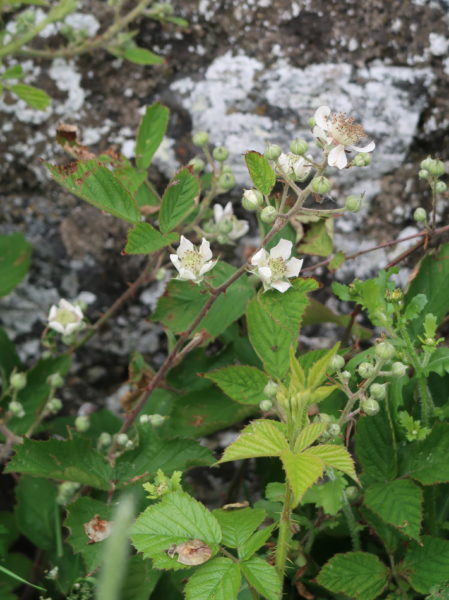
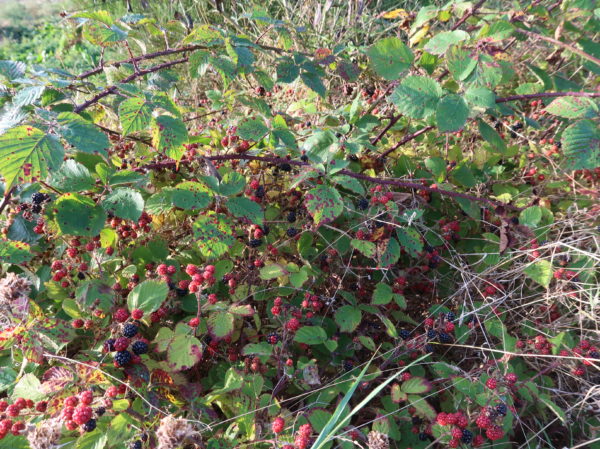
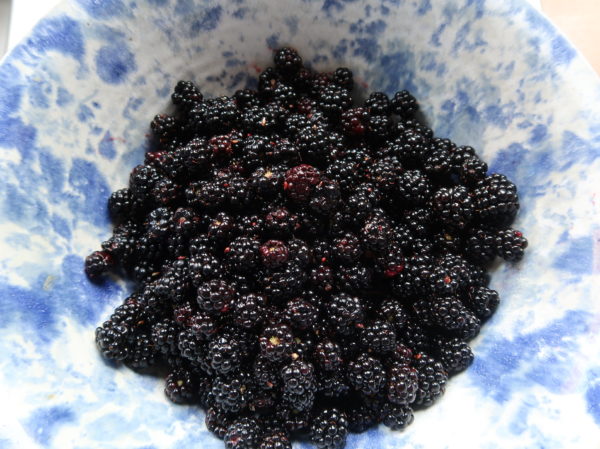
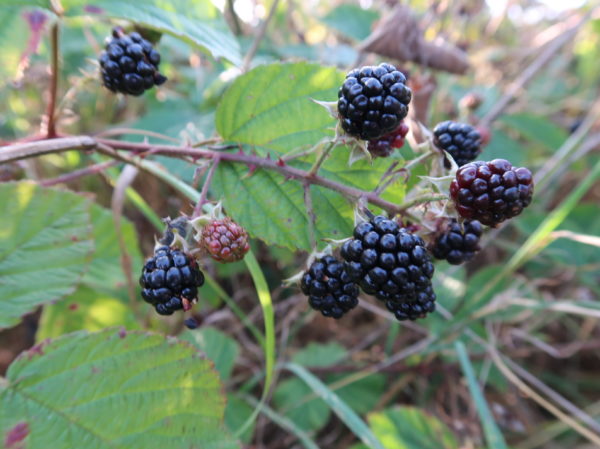
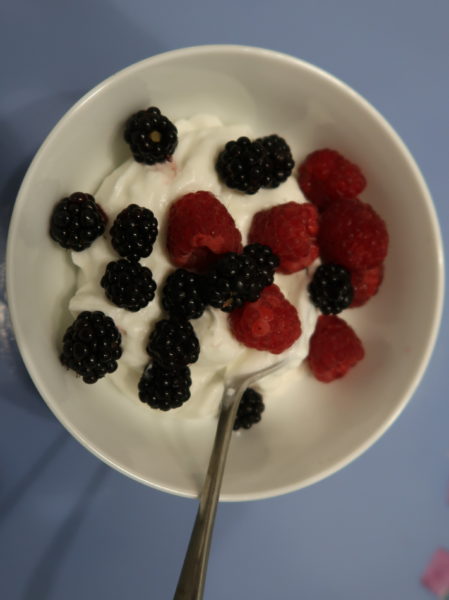
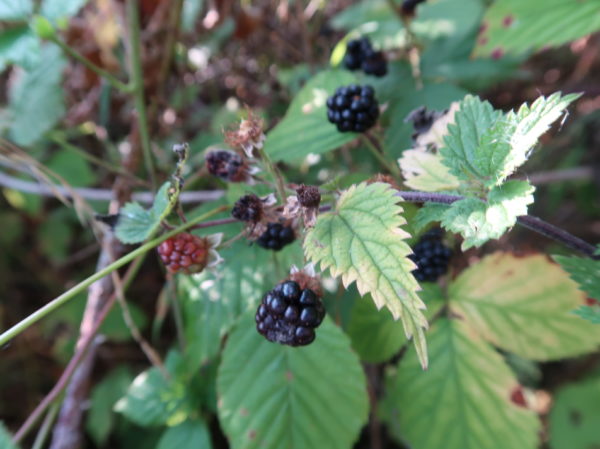
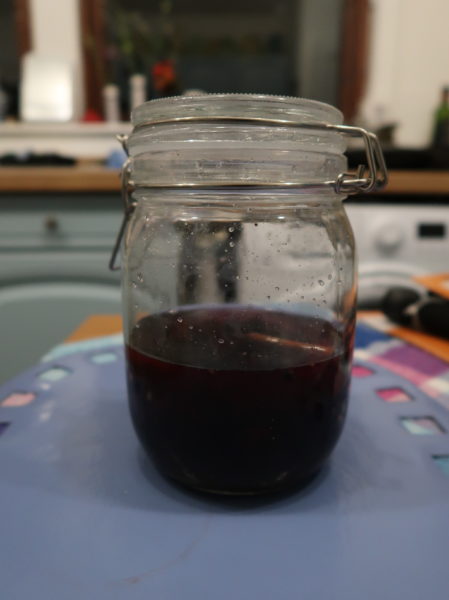
 Angus MacPhail from Clachan in North Uist is another well-known member of the community who kindly agreed to contribute to the
Angus MacPhail from Clachan in North Uist is another well-known member of the community who kindly agreed to contribute to the 
 Güney Uist adasında bulunan Daliburgh kasabasinda her sene düzenlenen, İskoç Galcesi ve Galik müziği eğitimi veren Ceòlas yaz okulu hakkında kısa bir belgesel.
Güney Uist adasında bulunan Daliburgh kasabasinda her sene düzenlenen, İskoç Galcesi ve Galik müziği eğitimi veren Ceòlas yaz okulu hakkında kısa bir belgesel.
 Ri linn Covid19 is a bhith fo ghlais aig an taigh, chuir mi an dealbh seo ri chèile dha
Ri linn Covid19 is a bhith fo ghlais aig an taigh, chuir mi an dealbh seo ri chèile dha